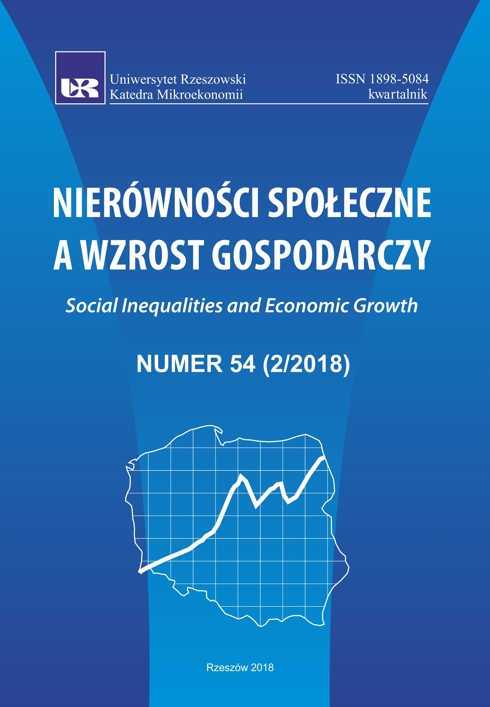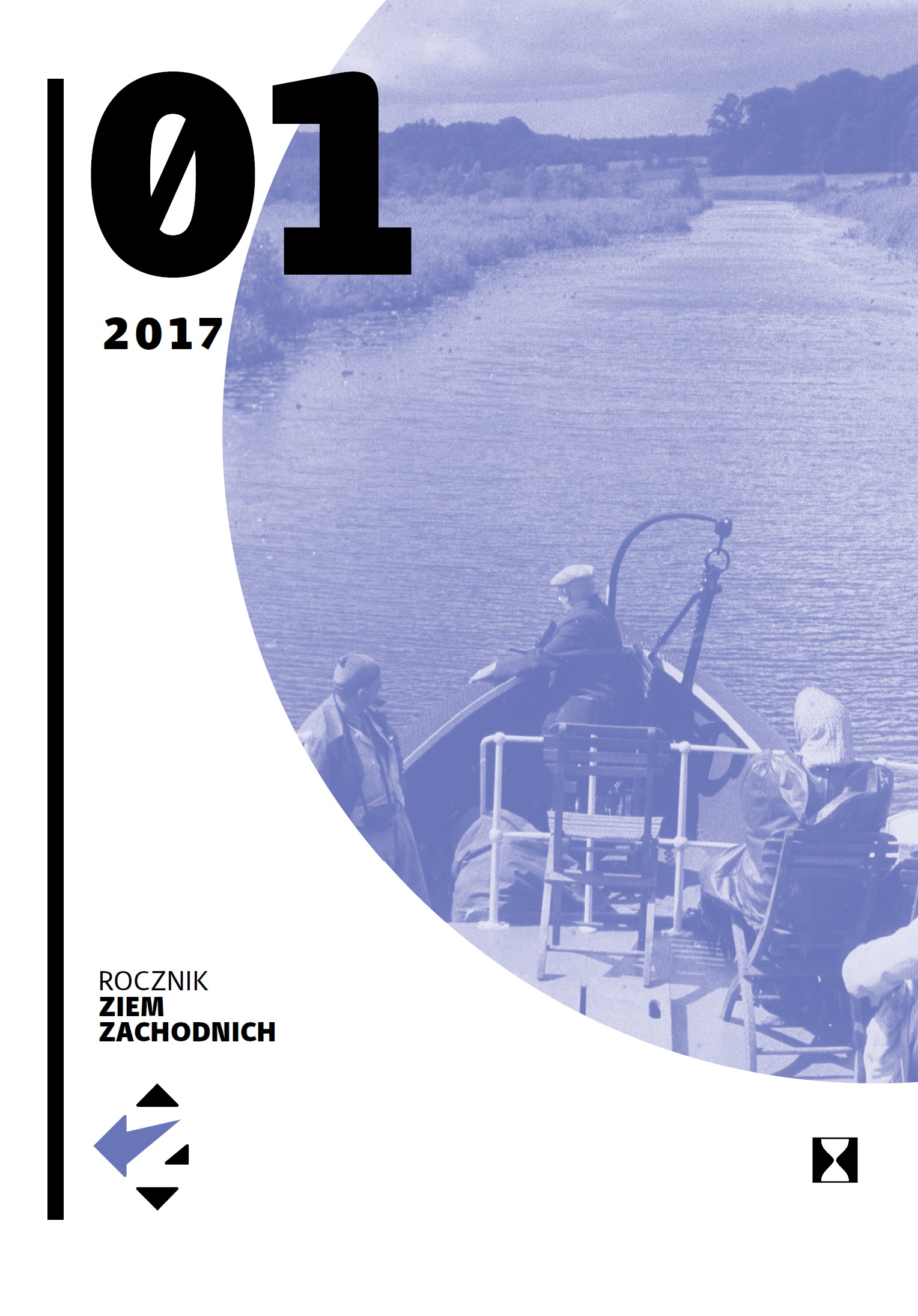
Instytucjonalne formy wspierania rozwoju spółdzielni socjalnych
The purpose of this article is to identify institutional support for the development of social co--operatives. In the case of social co-operatives, internal co-operative institutionalization is important,as well as external institutional support. Establishing a social cooperative creates opportunities for professionaland social activation. This is a chance for people who have little chance of finding a job andare often socially excluded because of their situation. Among social enterprises social cooperatives aredistinguished by a wide range of possibilities for obtaining financial resources. Co-operative founders may receive financial support to start work from the Labor Fund, the European Social Fund, and receivetax exemptions. The social co-operative can also carry out public benefit activities and thus applyfor public funds, which is impossible for some social enterprises. From the conducted research amongsocial cooperatives operating in the province Podkarpackie shows that the most important institutionswith which social cooperatives cooperate are Social Economy Support Centers, Labor Offices, non--governmental organizations and local governments. The main forms of financial support that cooperativeshave benefited from are reimbursement of social security contributions and preferential loans.Teamwork in a social co-operative and perseverance in pursuit of the goal, as well as compliance withcertain ethical norms and principles, and enforcement of rights and obligations, give optimum resultsin the long run. That is why institutional support is important both financially as well as advisory andtraining in the long run. Institutional forms of supporting the development of social co-operatives havea significant impact on their functioning.
More...
